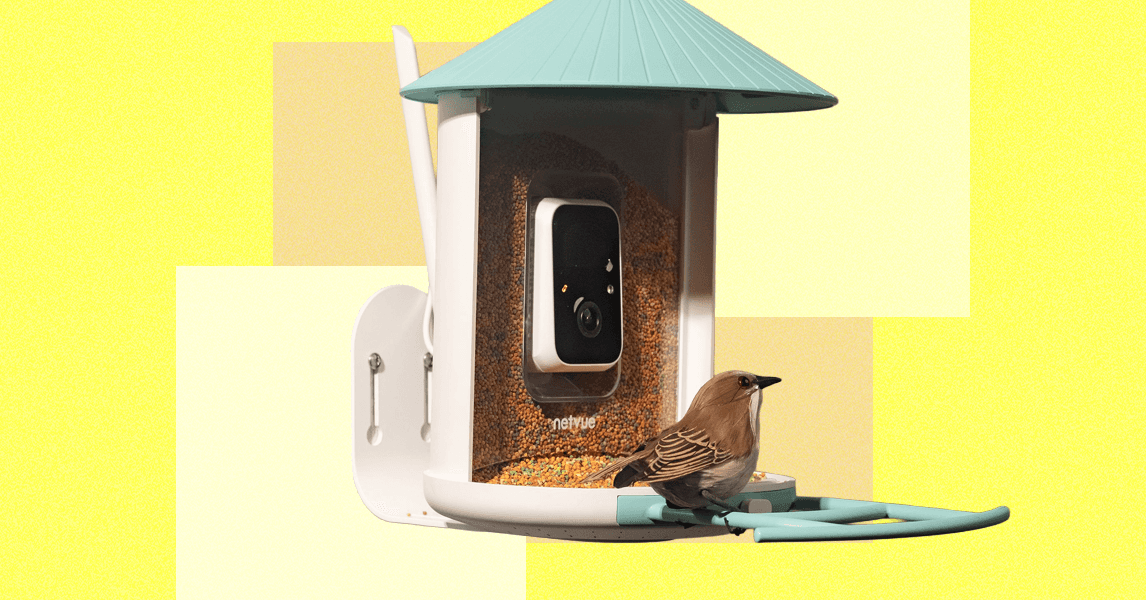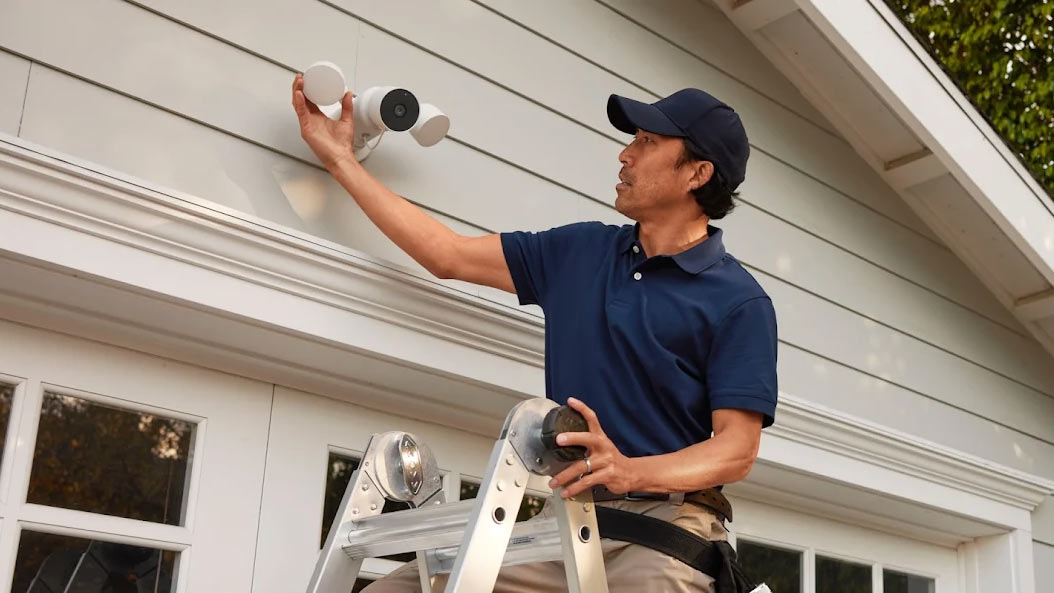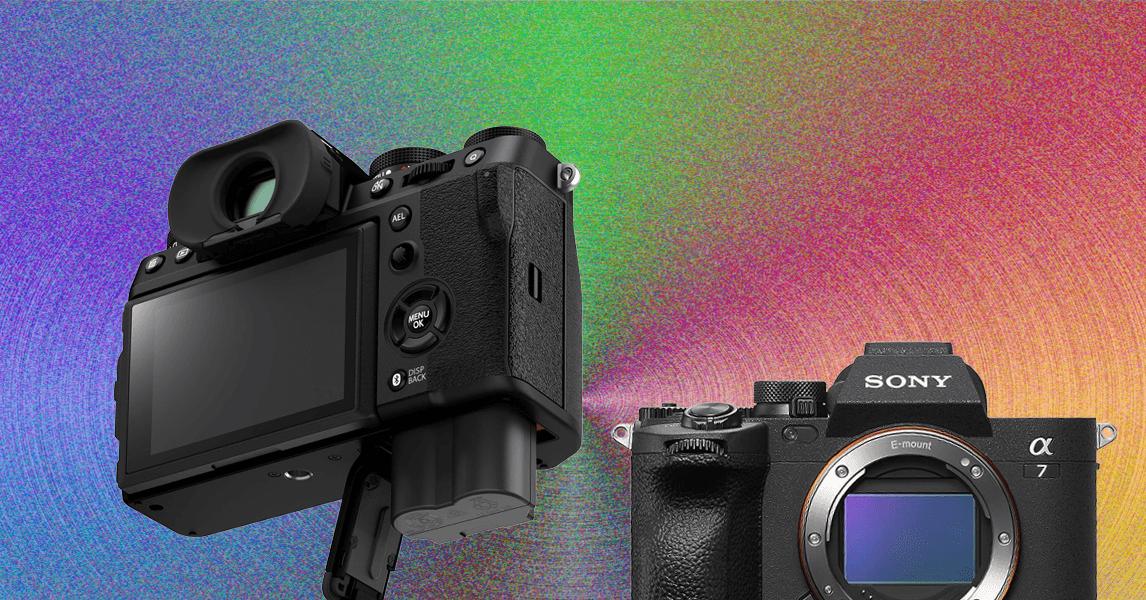Why you can trust TechRadar
We spend hours testing every product or service we review, so you can be sure you’re buying the best. Find out more about how we test.
Sigma 56mm F1.4 DC DN Contemporary: one-minute review
Most beginner mirrorless cameras are available as a kit with a standard zoom lens – a pairing that many users settle with long-term. However, if you want notably better-quality photos from such a setup, my first bit of advice would be to invest in an additional lens.
That’s where the Sigma 56mm F1.4 DC DC Contemporary prime comes in. Offering pin-sharp detail, dreamy bokeh and an 85mm effective focal length, it’s ideal for portraiture, and a level up from your kit zoom.
It’s one of a quartet of dinky f/1.4 primes by Sigma. But of those four, and indeed of the many lenses I’ve tested for crop-sensor cameras, it’s Sigma’s 56mm F1.4 that has impressed me the most.
You may like
What’s more – it’s tiny, lightweight, and well-built too, meaning it’ll pair nicely with mirrorless cameras from the likes of Sony, Canon, Fujifilm, Nikon, and more.
In fact, Sigma should be commended for making this lens available for such a wide range of lens mounts. It was originally released for Sony E and Micro Four Thirds back all the way back in 2018, then for other mounts such as Fujifilm X, and only this year did it debut for Canon RF – a third-party lens for Canon RF is rare.
Put simply, the Sigma 56mm F1.4 is the best second lens you can buy in this format, especially for portraiture. Being a Sigma, it’s made in-house in Japan to high standards, and the cherry on the cake is that it’s reasonably priced too.
Today’s best Sigma 56mm f/1.4 DC DN | C and Sigma 56mm f/1.4 DC DN | C for Sony deals
(Image credit: Tim Coleman)
Sigma 56mm F1.4 DC DN Contemporary specs
Swipe to scroll horizontallySigma 56mm F1.4 DC DN Contemporary specs
Type:
Telephoto prime
Mount:
L mount, Sony E mount, Fujifilm X mount, Micro Four Thirds, Nikon Z mount, Canon EF-M mount, Canon RF mount
Sensor:
APS-C
Focal length:
56mm (85mm effective for APS-C and 112mm for MFT)
Max aperture:
f/1.4
Minimum focus:
19.7 inches / 50cm
Filter size:
55mm
Dimensions:
69 x 57.5mm (Canon RF – other mounts differ slightly)
Weight:
10.2oz / 290g (Canon RF – other mounts differ slightly)
Sigma 56mm F1.4 DC DN Contemporary: Price and availability
- Available for most mirrorless camera lens mounts
- Priced at around $450 / £420 / AU$650, depending on mount
Sigma offers the 56mm F1.4 DC DN Contemporary in L mount, Sony E mount, Fujifilm X mount, Micro Four Thirds mount, Nikon Z mount, Canon EF-M mount and Canon RF mount versions. Put simply, you can find a version of the lens for your crop-sensor mirrorless camera, without needing an adaptor.
How much the lens costs depends on the version you need. The Canon RF version, for example, costs $449 / £419 / AU$649, while the Sony E-mount version is a little cheaper.
Sigma 56mm F1.4 DC DN Contemporary: Design
- Weighs around 10oz / 285g
- Plastic barrel, no external buttons
- Available for most mirrorless camera lens mounts
Lenses for APS-C cameras tend to be smaller than equivalent full-frame optics, and that’s certainly true of the Sigma 56mm F1.4. It weighs just 10oz / 285g (the Canon RF version is a few grams heavier), and measures 57.5mm in length, whereas an 85mm f/1.4 lens for full-frame cameras would typically be double the weight and size.
Its diminutive dimensions and light weight make the Sigma lens a suitable match for the best beginner mirrorless cameras, and it’s the dinkiest in the series of f/1.4 primes. I was testing it with the Canon EOS R100, which is Canon’s smallest mirrorless camera with RF mount, and there was a really nice balance to the pair.
There’s a nice feel to the lens too, thanks to its large rubberized focus ring that’s easy to locate and smooth in action. The barrel is plastic rather than metal, but it feels solid enough. I didn’t exactly thrash the lens around during testing and portrait shoots, but I can still appreciate its durability.
Image 1 of 4
(Image credit: Tim Coleman)(Image credit: Tim Coleman)(Image credit: Tim Coleman)(Image credit: Tim Coleman)
The mount, on the other hand, is metal, and most versions feature a rubber seal for dust and moisture resistance (the exception is the Canon EF-M version). It’s worth pointing out that Sigma makes the lens at its HQ in Aizu, Japan, with tight control over build and optical quality.
There are zero external buttons and switches on the lens; the sole manual control to hand is the focus ring. I was testing the lens with a beginner-level camera, which also lacks the kind of external controls found on pricier cameras. As such, I missed having quick access to a basic adjustment such as a manual / autofocus switch.
The lens comes with a generously-sized lens hood, and should you want to attach threaded filters you’ll need 55mm ones. Such small filters are usually pretty low-cost.
(Image credit: Tim Coleman)
Sigma 56mm F1.4 DC DN Contemporary: Performance
- Smooth, rapid and precise autofocus
- Maximum f/1.4 aperture for defocusing backgrounds
- Minimum 19.7 inches / 50cm focus distance delivers 1:7.4 maximum magnification
Autofocus in the 56mm F1.4 lens is powered by a stepping motor, which drives the lightweight lens elements with ease for quiet, rapid and accurate focus. Focusing is internal too – which means the lens’s exterior maintains its size.
The minimum focus distance is 19.7 inches / 50cm, which is pretty decent for an 85mm-equivalent lens, realizing a 1:74 maximum magnification. This is no macro lens, however; the closest you’ll get to sharp focus is on details such as flower heads.
Image 1 of 2
(Image credit: Tim Coleman)(Image credit: Tim Coleman)
The aperture range is f/1.4 to f/16, with a nine-blade rounded aperture. Naturally, I gravitated to the maximum aperture for portraiture, and I suspect that the majority of the photos I would take with the lens, should I own it myself (and I want to), would be at f/1.4.
At this aperture, backgrounds defocus nicely for head-and-shoulders portraits, as in the images below, in which you can also see what bokeh looks like – note the quality of the dappled light in the background. Bokeh is smooth and round in the center of the frame, although a little cats-eye-shaped in the corners.
On the same day that I shot those portraits, I also used Canon’s own RF-S 55-210mm F5-7.1 IS STM lens for portraits and the difference in quality was clear – bokeh in the lower-end Canon lens has an ugly onion-ring effect, whereas the Sigma’s is, as I’ve said, buttery smooth.
Image 1 of 2
(Image credit: Tim Coleman)(Image credit: Tim Coleman)
The lens construction comprises 10 elements in six groups, two of which are aspherical elements, plus one ‘SLD’ element. The result is ridiculously sharp detail, even at f/1.4, although for absolute peak sharpness any setting between f/2.8 to f/5.6 is on the money.
Like many Sigma lenses, the 56mm F1.4 utilizes in-camera digital correction to fine-tune images. I shot photos both in raw & JPEG, and checked the uncorrected images in Adobe Camera Raw, which supports the 56mm lens’s profile for corrections. Switching lens corrections on and off allowed me to see how extreme any corrections are.
Lens distortions such as chromatic aberration and flare are all well controlled off the bat, and certainly nothing to worry about. There’s notable pincushion distortion, and modest amounts of vignetting at f/1.4, but nothing that automatic lens corrections can’t handle easily enough.
Image quality is excellent across the board, and the outstanding sharpness is even more impressive given the tiny dimensions of the lens.
Sigma 56mm F1.4 DC DN Contemporary sample gallery
Image 1 of 10
(Image credit: Tim Coleman)(Image credit: Future)(Image credit: Future)(Image credit: Tim Coleman)(Image credit: Tim Coleman)(Image credit: Tim Coleman)(Image credit: Future)(Image credit: Future)(Image credit: Future)I took the lens hood off for this photo and shot towards the sun. At particular angles, this pronounced flare appeared.(Image credit: Future)
Should you buy the Sigma 56mm F1.4 DC DN Contemporary?
Buy it if…
Don’t buy it if…
(Image credit: Tim Coleman)
How I tested the Sigma 56mm F1.4 DC DN Contemporary
- Sigma loaned me the 56mm F1.4 DC DN Contemporary for a few weeks
- I tested the lens at the same time as three of Sigma’s other F1.4 primes
- I had the Canon RF-mount version, and paired the lens with a Canon EOS R100
I had several weeks to put the Sigma 56mm F1.4 DC DN Contemporary lens through its paces, together with the three other lenses that make up Sigma’s quartet of Contemporary primes for crop-sensor cameras: the 16mm F1.4, 23mm F1.4 and 30mm F1.4.
They are some of the few third-party lenses made for the Canon RF-mount, which is the version that I had, and I paired the lens with the entry-level Canon EOS R100.
Throughout my time testing the lens, I’ve set the camera to shoot in raw & JPEG simultaneously, with in-camera lens corrections turned off. Adobe Camera Raw’s profile for the lens allowed me to directly check the extent of corrections that are applied.
I’ve mostly used the lens for portraiture, making use of its maximum f/1.4 aperture. I’ve also taken images in various scenarios and using various apertures, in order to check for lens distortions and check detail.










